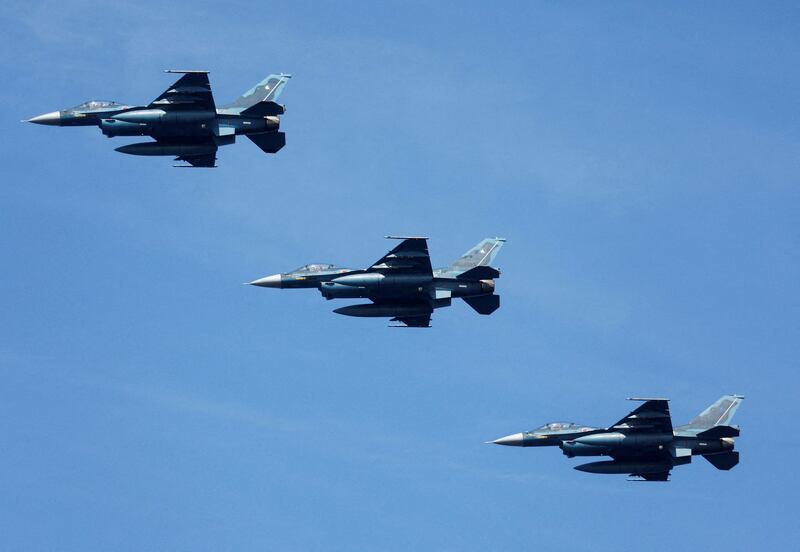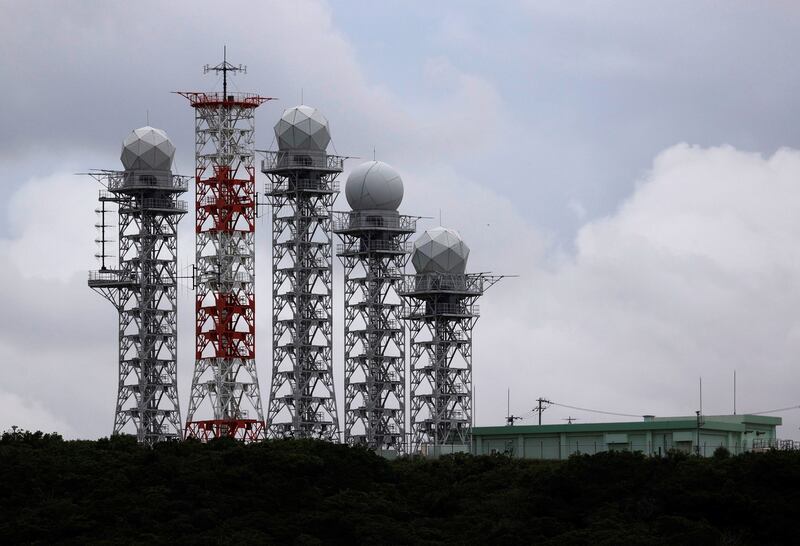China has expressed concerns over the significant hike in Japan’s defense spending in 2023, calling it “a very dangerous development.”
The Japanese Cabinet on Friday approved a 26.3% increase in the national defense budget to a record ¥6.82 trillion (U.S.$51.4 billion) for the next financial year starting April 1.
"This is a very dangerous development, and has led to serious doubts among Japan's Asian neighbors and the wider international community over whether Japan is genuinely committed to an exclusively defense-oriented policy and a path of peaceful development," Chinese Foreign Ministry's spokesman Wang Wenbin said on Tuesday.
Wang accused Japan of “hyping up regional tensions to seek military breakthroughs,” and called on Tokyo to “earnestly reflect on its history of aggression.”
On Dec. 16 Japan announced a new security strategy, pledging to boost the country’s “counter-strike capabilities” to deal with the “unprecedented strategic challenge” from China.
The new strategy includes details of Japan’s plan for a major upgrade of its defense capabilities in what many see as the country’s largest military buildup since World War II.

New defense budget
The new budget, which still needs to go through Japan’s legislature, will provide ¥897 billion (U.S.$6.7 billion) for development of weapons, especially long-range missiles capable of striking targets as far away as mainland China.
The budget earmarked ¥211.3 billion (U.S.$1.6 billion) to buy 500 U.S.-made long-range Tomahawk cruise missiles to deploy on Japan’s naval destroyers, news agencies reported.
The missile acquisition plan reflects Tokyo’s biggest security concern -- China’s increasing military activities in the East China Sea, near Taiwan and in the South China Sea.
Last week, Chinese coast guard vessels conducted patrols near the Senkaku islands that China calls Diaoyu and stayed there for over 72 hours, the longest intrusion since 2012.
The Senkaku islands are under Japan’s control but are also claimed by China.
The Yomiuri Shimbun quoted Japan’s 11th Regional Coast Guard Headquarters as saying that China Coast Guard vessels stayed in Japan’s territorial waters from Thursday morning until Sunday morning, 72 hours and 45 minutes in total.
Territorial waters are the areas within 12 nautical miles (22 kilometers) of island coasts.
The Chinese aircraft carrier Liaoning and escorting warships have been conducting drills in the West Pacific since Dec. 16, the day Japan announced the new security strategy.

Potential attacks on Nansei islands
The Yomiuri also quoted Chinese officials as saying that the drills conducted by the Liaoning carrier strike group were to “simulate attacks on Japan’s Nansei islands.”
The Nansei (Ryukyu) islands are an island chain stretching southwest from the Japanese prefectures of Kagoshima and Okinawa toward Taiwan.
Japanese media reported on Tuesday that a surface-to-air missile defense unit is being deployed on Yonaguni island in southwestern Japan, just 110 kilometers (68 miles) from Taiwan, and part of the Nansei islands.
Another missile unit has already been planned for Ishigaki Island, also in Okinawa prefecture, during fiscal year 2022.
China has increased its defense budget by 130% in the last decade and it is now five times larger than Japan’s, according to the Stockholm International Peace Research Institute (SIPRI). In 2021 alone, Beijing spent an estimated U.S.$293 billion on the People’s Liberation Army.
Japan’s new defense budget works out at 1.19% of the country’s gross domestic product (GDP). Prime Minister Fumio Kishida previously announced plans to increase the defense budget by about 60% to ¥43 trillion (U.S.$315 billion) over the next five years.
